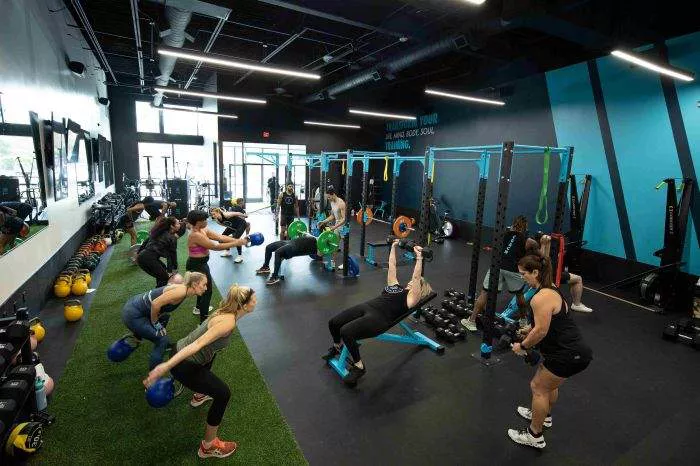Whether you’re a seasoned athlete looking to return to summer sports or just eager to join the family kickball game, avoiding post-activity aches and pains is crucial. To help you get back into the swing of things safely and effectively, I’ve gathered insights from four esteemed colleagues in professional sports. These experts share practical tips to help you stay active, perform at your best, and enjoy summer activities without injury.
1. Build a Strong Foundation
Jason Glass, a renowned performance coach for elite PGA Tour athletes, stresses the importance of daily habits. “You can’t prepare for game day on game day,” he says. Glass suggests a daily lifestyle checklist called the “Foundational Five”:
Sleep Well: Prioritize quality sleep for optimal recovery and performance.
Hydrate Adequately: Drink half your body weight in ounces of water daily. For example, a 200-pound (91-kilogram) person should aim for 100 ounces.
Eat Clean: Be mindful of your food choices and their effects on your body.
Move Daily: Engage in activities that make you feel good, whether it’s yoga or weightlifting.
Live Intentionally: Set specific goals for your training sessions.
Glass advises scoring yourself on these five aspects daily, aiming for at least 20 points out of a possible 25. “Master these foundations before exploring other performance-enhancing strategies,” he recommends.
2. Start Safely
Bill Burgos, a former head of strength and conditioning for three NBA teams, advises easing back into sports after a break. “Don’t wait until game day to start,” he cautions. Here are Burgos’ three essential tips:
Prepare Your Body: Use foam rolling and dynamic stretching exercises like walking lunges and knee hugs to enhance flexibility.
Gradually Increase Intensity: Start with low-intensity activities like slow jogging and gradually progress to more intense exercises.
Listen to Your Body: Pay attention to any discomfort and adjust your workout intensity accordingly.
3. Maintain Strength and Speed
Paul Fournier, a veteran strength and conditioning coach for the Los Angeles Dodgers, emphasizes the importance of maintaining strength and speed to prevent chronic pain and injuries. He recommends incorporating calisthenics, weight training, sprint work, and plyometrics into your routine, starting with twice-weekly sessions. Key exercises include:
Low-Level Plyometrics: Jump rope, step-ups, and light medicine ball work.
Core Strengthening: Planks, dead bugs, and rollouts for torso stability.
Strength Training: Focus on compound movements like lunges and squats, along with upper-body exercises like chest presses and rows.
4. Warm Up Properly
Matt Nichol, a coach with extensive experience training professional and Olympic athletes, underscores the importance of a proper warm-up. “The warm-up is as crucial as the workout,” he states. Nichol’s warm-up tips include:
Arrive Early: Give yourself ample time to warm up before any activity.
Incorporate Light Movement: Park further away and walk to your activity to start warming up.
Get Warm Gradually: Avoid stretching cold muscles. Instead, perform sport-specific movements at a lower intensity and gradually increase the pace.
5. Focus on Sport-Specific Mobility
With over 20 years of experience as a mobility coach, Dana Santas emphasizes the importance of moving efficiently within the specific requirements of your sport. She advises:
Set Clear Goals: Tailor your mobility exercises to the needs of your sport, such as rotational exercises for golf or tennis.
Build Strong, Powerful Movements: Strengthen your core to stabilize the lower back and prevent injuries.
Train for Controlled Movement: Focus on exercises that promote control in end ranges of motion, like single-leg Romanian deadlifts instead of passive stretches.
Before diving into the next pickup basketball game or signing up for a local softball league, consider these expert tips. They will help enhance your performance and reduce the risk of injury, allowing you to enjoy your summer activities to the fullest.


